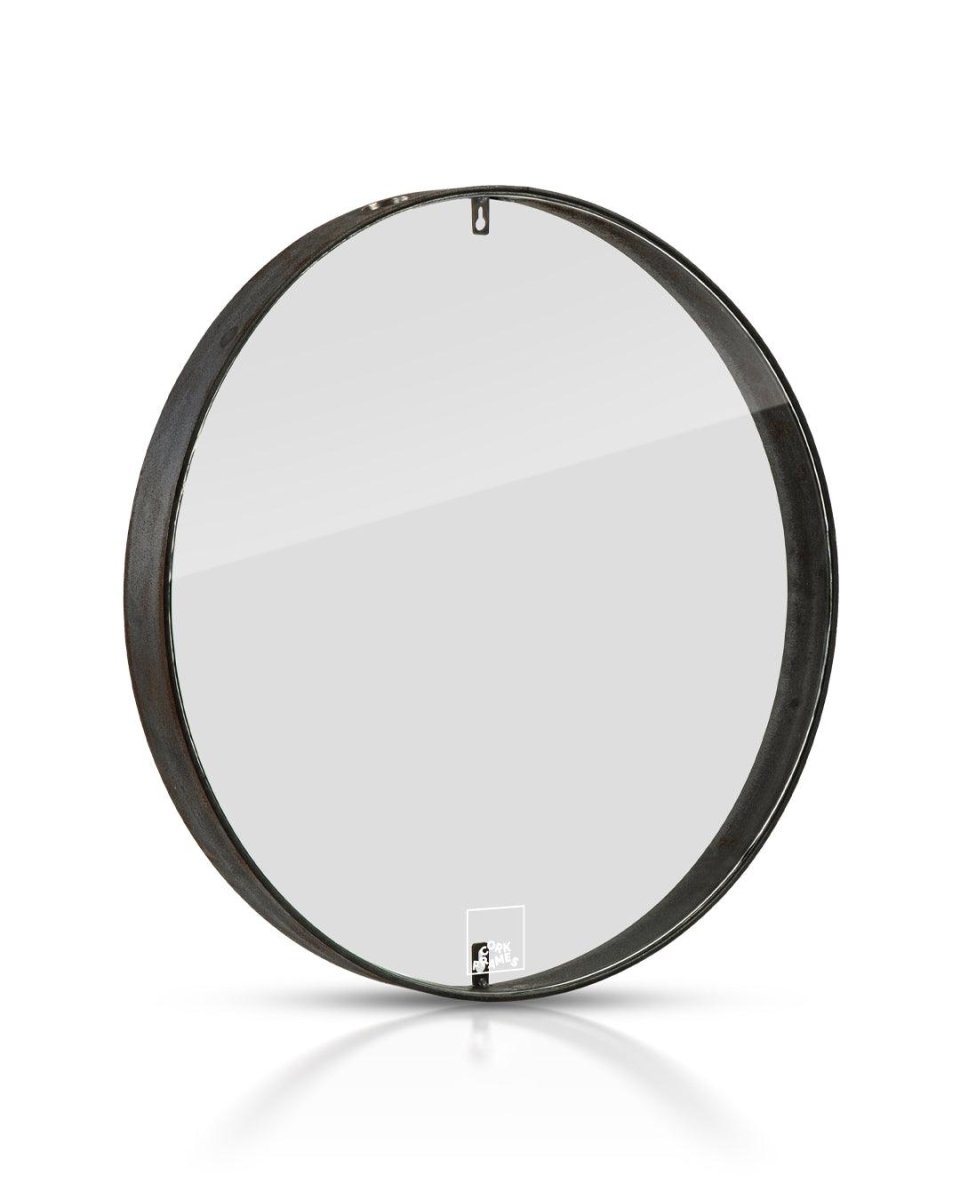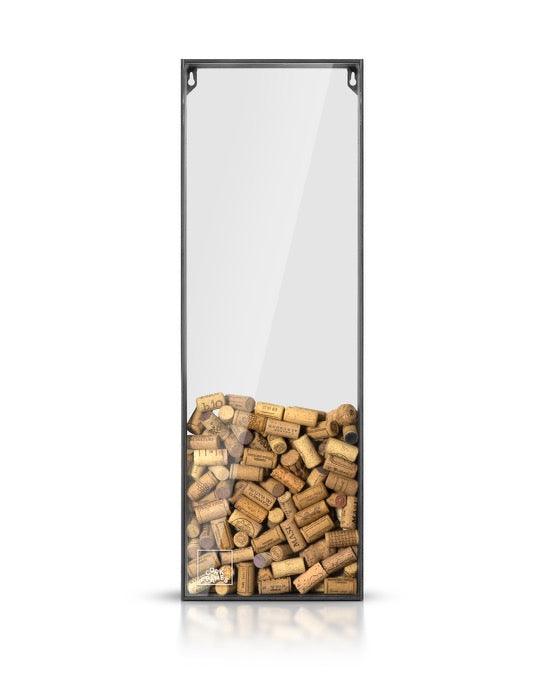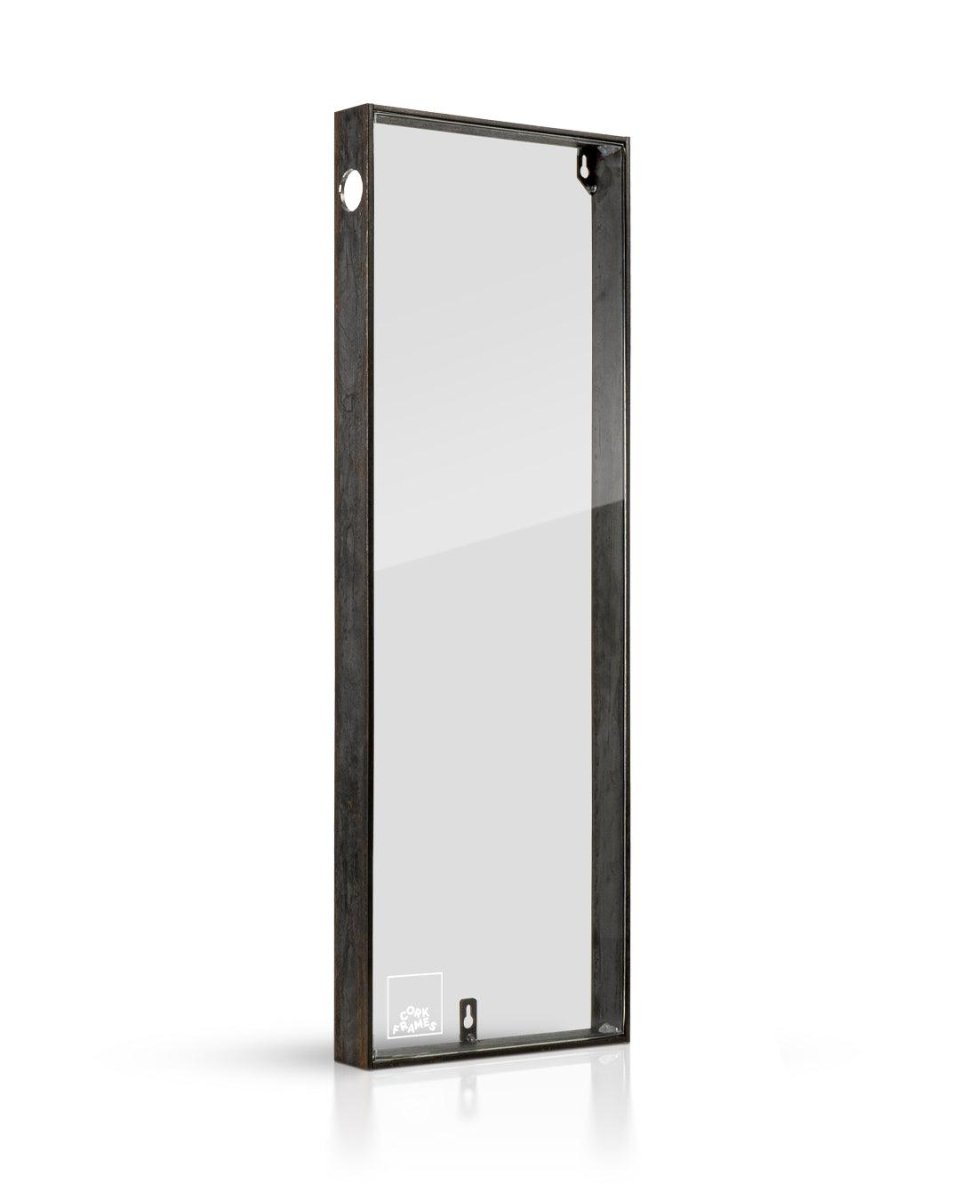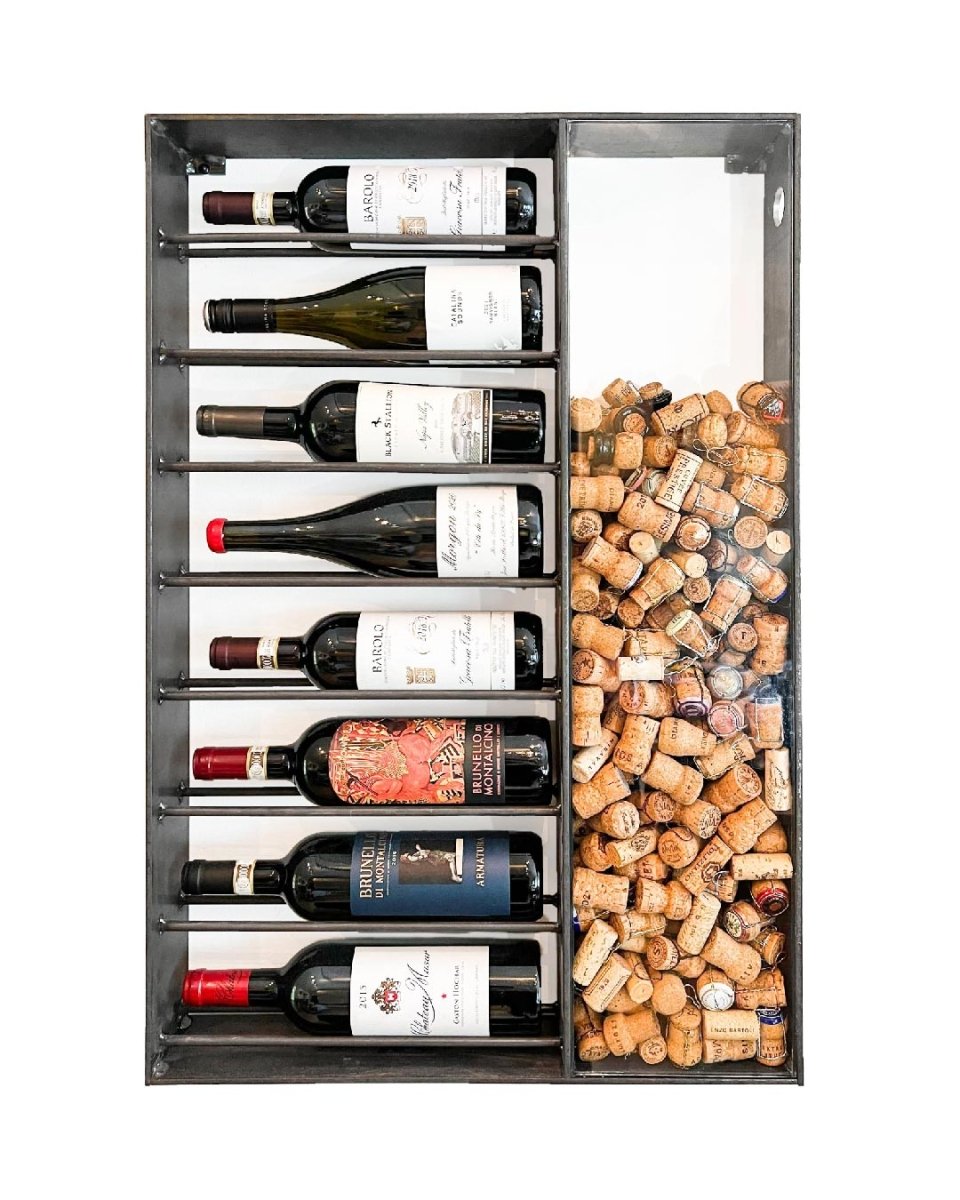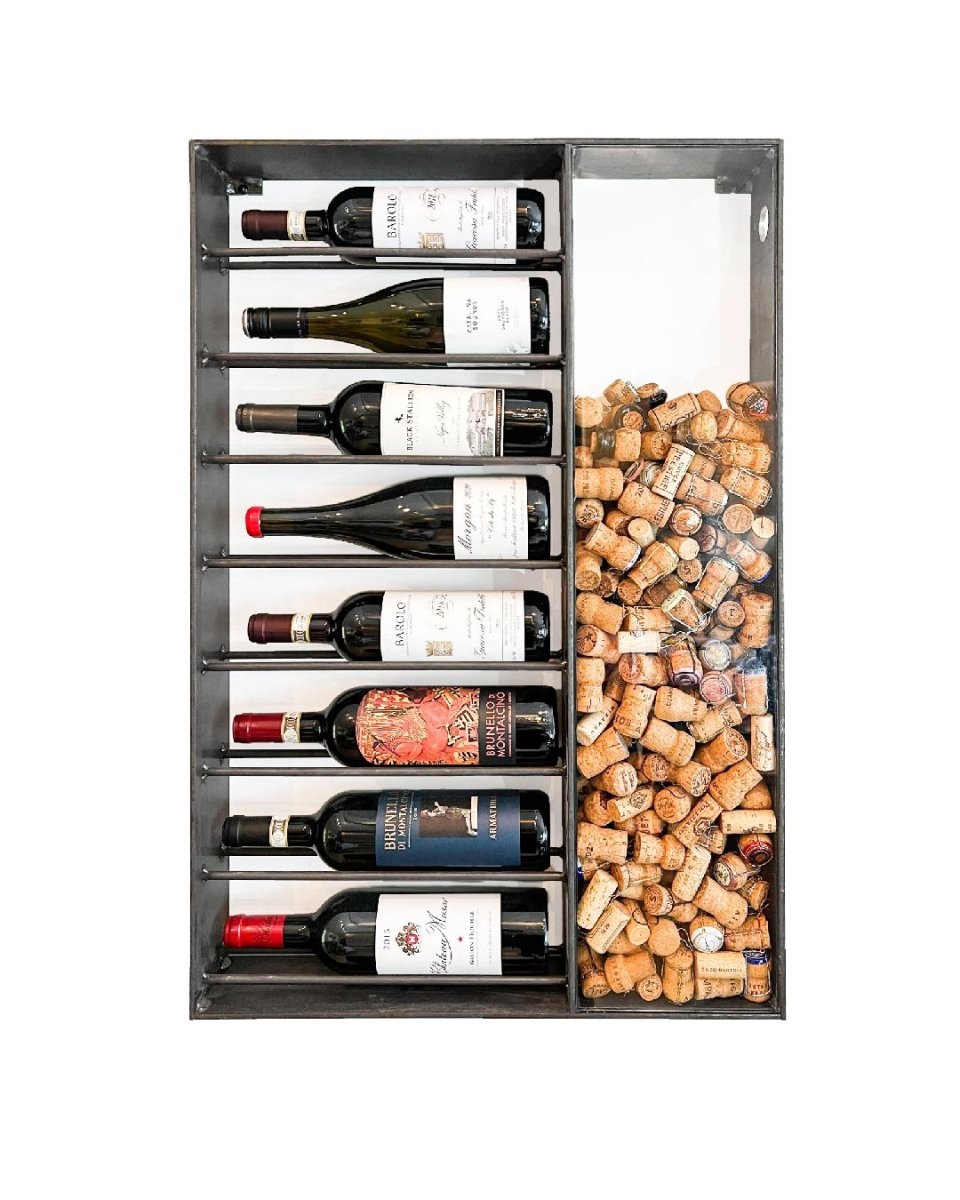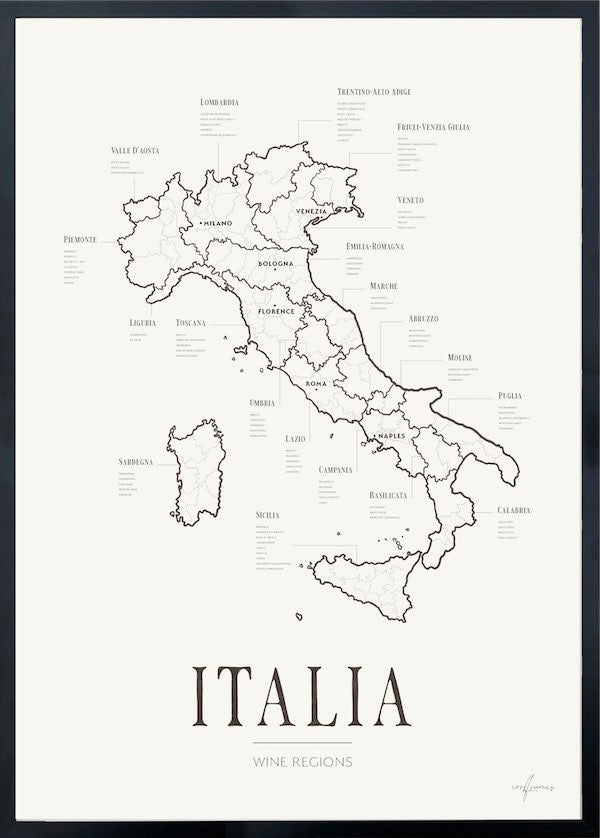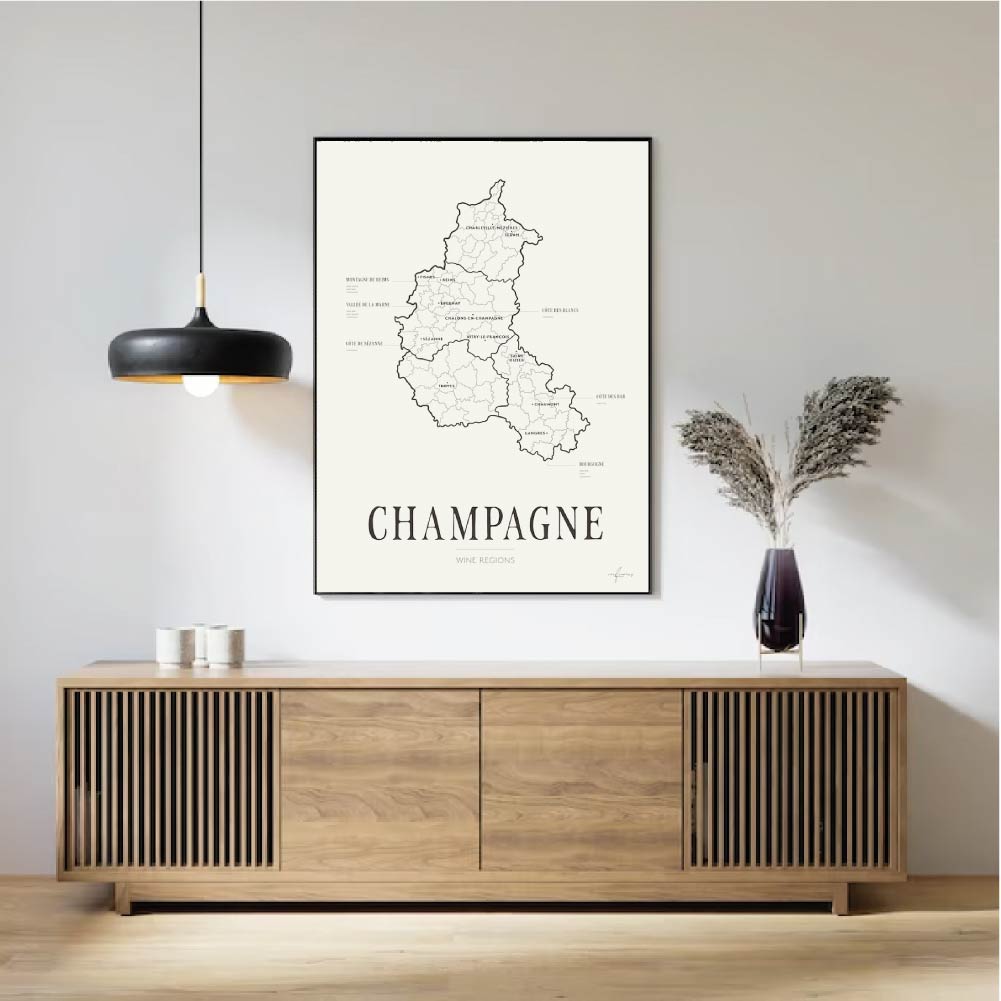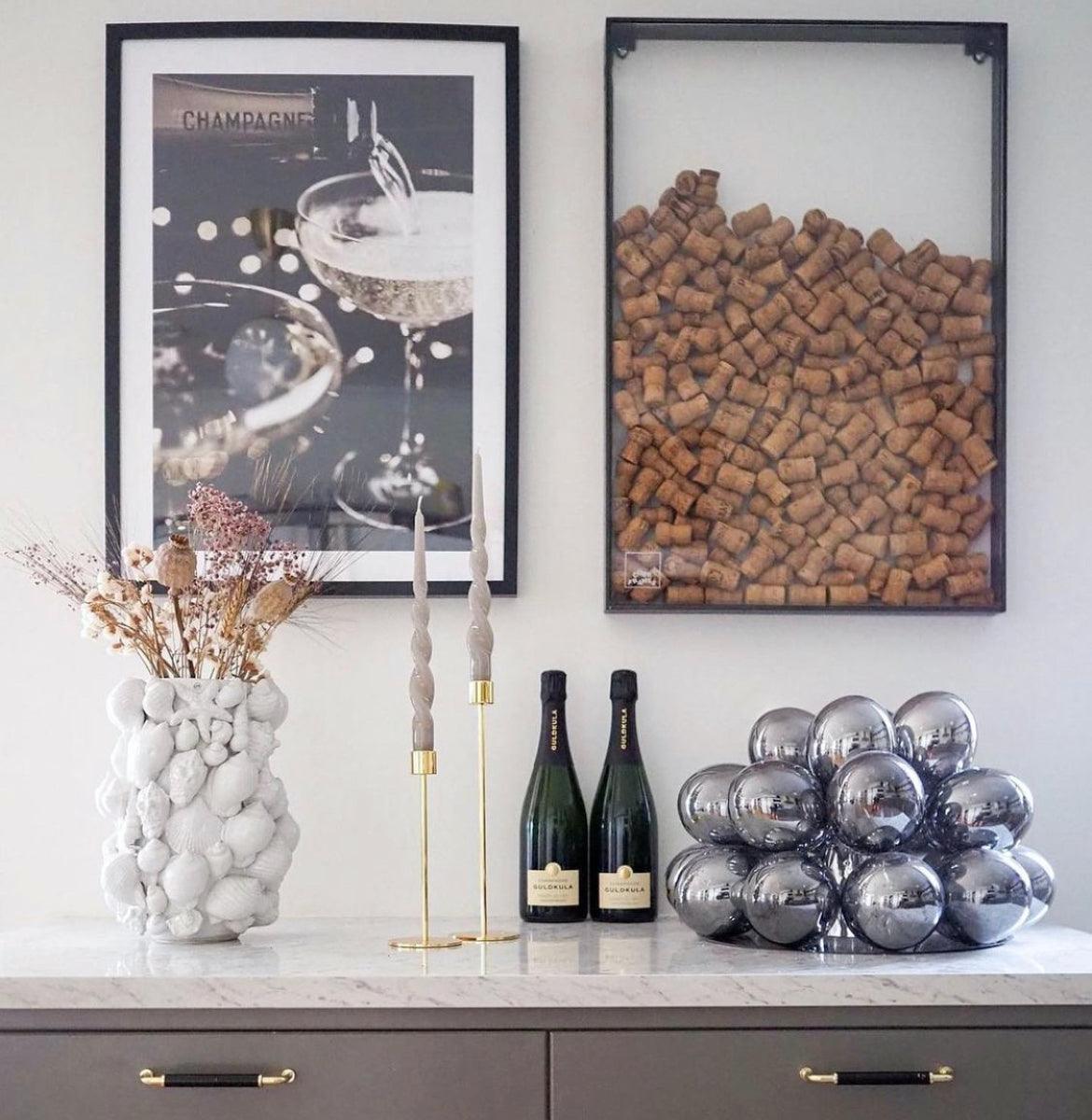The Glera grape is most famously known as the primary grape used in the production of Prosecco, the sparkling wine that hails from the Veneto region in northeastern Italy.
This ancient grape variety has a rich history and unique characteristics that contribute to the distinct profile of Prosecco wines.
Origin and History
Glera, originally known as Prosecco, was renamed in 2009 to avoid confusion with the geographical location of Prosecco DOC (Denominazione di Origine Controllata) and to protect the Prosecco designation. This grape variety has been cultivated in the Veneto region for centuries, with historical records dating back to Roman times.
Characteristics of the Grape
-
Appearance: Glera grapes are greenish-yellow in color.
-
Bunches: The grape clusters are usually large and long, with tightly packed berries.
- Vine: Glera vines are vigorous and tend to produce high yields, making them suitable for large-scale production.
Wine Profile
-
Aroma and Flavor: Wines made from Glera grapes are typically light, fresh, and aromatic. Common flavor notes include green apple, pear, melon, and white peach, often with floral hints of acacia and wisteria.
-
Acidity: Glera wines are known for their crisp acidity, which contributes to their refreshing quality.
- Sweetness: While Prosecco can range from brut (dry) to demi-sec (slightly sweet), the majority of Prosecco on the market is extra dry or brut, offering a balance of slight sweetness with a crisp finish.
Prosecco Production
-
Regions: The most prestigious Prosecco wines come from the hills of Conegliano and Valdobbiadene, designated as Prosecco Superiore DOCG (Denominazione di Origine Controllata e Garantita). There is also the wider Prosecco DOC region that spans across Veneto and Friuli-Venezia Giulia.
-
Methods: Prosecco is primarily produced using the Charmat method (or tank method), where secondary fermentation occurs in large stainless steel tanks rather than individual bottles. This method helps retain the fresh and fruity characteristics of the Glera grape.
- Styles: Prosecco can be still (tranquillo), lightly sparkling (frizzante), or fully sparkling (spumante), with the spumante style being the most popular internationally.
Unique Aspects of Glera
-
Versatility: Glera’s adaptability to different terroirs and climates within its growing region allows it to produce a range of Prosecco styles, from simple and approachable to more complex and refined.
-
Popularity: The global popularity of Prosecco has soared in recent years, largely due to its affordability, approachable taste profile, and versatility as an aperitif or in cocktails such as the Bellini.
- Cultural Significance: Prosecco, made from Glera, has become synonymous with Italian culture and lifestyle, often associated with celebrations and social gatherings.
The Glera grape is the backbone of Prosecco production, contributing to the wine’s widespread appeal and distinct character. Its historical roots, unique flavor profile, and the efficient Charmat method of production make it a fascinating grape variety that continues to capture the hearts of wine lovers around the world.






